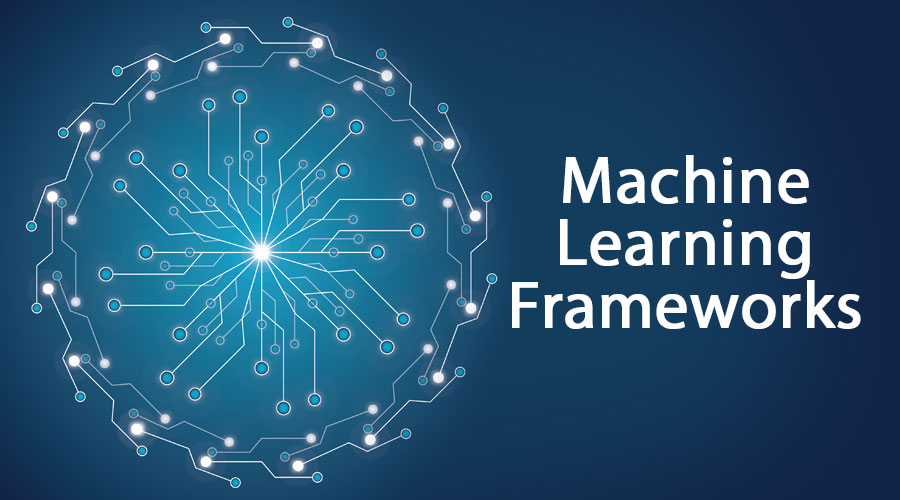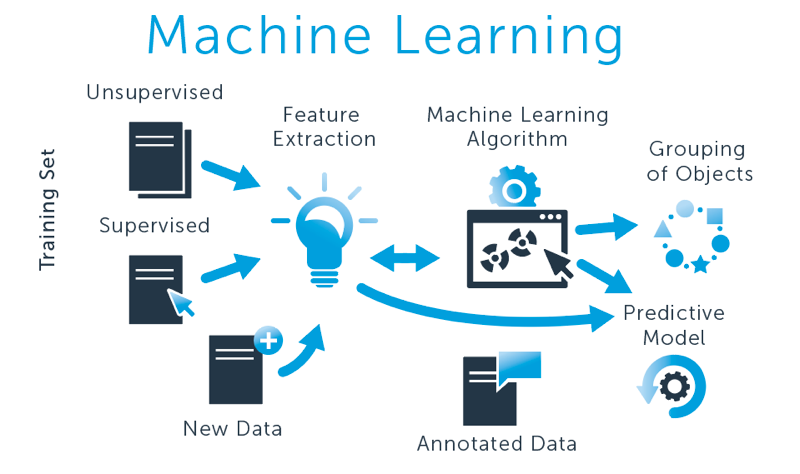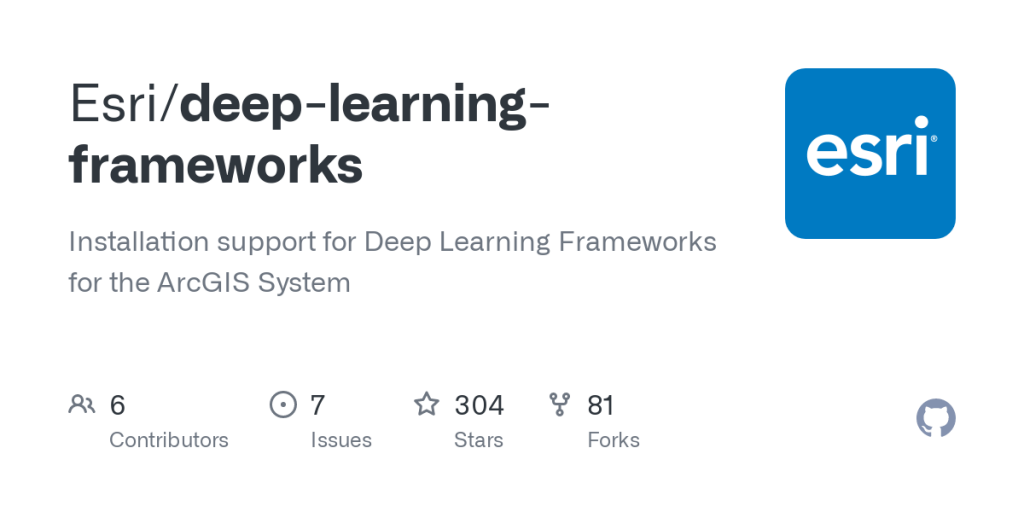What are Machine Learning Frameworks?

Machine Learning Frameworks are software libraries or platforms that provide a set of tools, algorithms, and utilities to facilitate the development and deployment of machine learning models. These frameworks enable data scientists and developers to build, train, and evaluate machine learning models efficiently and effectively. Machine learning frameworks abstract the complexity of implementing machine learning algorithms, making it easier for users to focus on data preparation, model design, and result interpretation.
Top 10 use cases of Machine Learning Frameworks:
- Image Recognition and Computer Vision: ML frameworks are widely used for image classification, object detection, facial recognition, and other computer vision tasks.
- Natural Language Processing (NLP): NLP frameworks are used for sentiment analysis, language translation, named entity recognition, text classification, and more.
- Recommendation Systems: ML frameworks power recommendation engines used in e-commerce, streaming platforms, and personalized content suggestions.
- Anomaly Detection: ML frameworks are used to detect anomalies in network traffic, financial transactions, or industrial processes.
- Predictive Maintenance: ML frameworks are applied for predicting equipment failure and scheduling maintenance proactively.
- Time Series Forecasting: ML frameworks help in predicting future trends based on historical time series data, useful in financial forecasting and demand planning.
- Healthcare and Medical Diagnosis: ML frameworks are used for disease diagnosis, medical image analysis, and patient outcome prediction.
- Fraud Detection: ML frameworks can detect fraudulent activities in online transactions, insurance claims, and cybersecurity.
- Speech Recognition: ML frameworks power speech-to-text applications and voice assistants.
- Autonomous Systems: ML frameworks are integral to building self-driving cars, drones, and robotics.
What are the feature of Machine Learning Frameworks?

- Algorithms: ML frameworks provide a wide range of algorithms for various tasks, such as regression, classification, clustering, and reinforcement learning.
- Model Evaluation: They offer tools to evaluate the performance of machine learning models using metrics like accuracy, precision, recall, and F1 score.
- Data Preprocessing: ML frameworks facilitate data cleaning, feature engineering, and data normalization to prepare the data for model training.
- Model Training: They enable efficient model training on large datasets, often leveraging parallel processing and GPU acceleration.
- Model Deployment: ML frameworks offer capabilities to deploy trained models in production environments and integrate them into applications.
- Support for Deep Learning: Many ML frameworks support deep learning architectures, allowing users to build and train complex neural networks.
- Visualization Tools: They often provide visualization tools to understand the model’s behavior and results.
How Machine Learning Frameworks Work and Architecture?
The architecture of machine learning frameworks can vary depending on the specific framework, but the basic components typically include:
- Data Input: Raw data is fed into the framework, which is then preprocessed and transformed into a suitable format for model training.
- Model Training: The framework uses various algorithms to train the model using the processed data.
- Model Evaluation: The trained model is evaluated using validation data to assess its performance and generalization capabilities.
- Model Deployment: Once the model is deemed satisfactory, it can be deployed in production environments to make predictions on new data.
How to Install Machine Learning Frameworks?

Installing a machine learning framework depends on the specific framework you want to use. Most popular machine learning frameworks like TensorFlow, PyTorch, Scikit-learn, and Keras can be installed using package managers like pip or conda. Detailed installation instructions are available in the official documentation of each framework.
For example, to install TensorFlow using pip, you can use the following command:
pip install tensorflowFor more complex installations or GPU support, you may need to follow additional instructions provided in the official documentation.
Before installing a machine learning framework, ensure you have the required dependencies and hardware resources, such as GPU drivers (if using GPU acceleration) and libraries for numerical computations.
Please refer to the official documentation and websites of the specific machine learning framework you wish to install for detailed and up-to-date installation instructions.
Basic Tutorials of Machine Learning Frameworks: Getting Started
Sure! Below are basic tutorials for getting started with two popular machine learning frameworks step-by-step: Scikit-learn (Python-based) and TensorFlow (Deep learning library).

Step-by-Step Basic Tutorial for Machine Learning with Scikit-learn:
- Install Scikit-learn:
- Using pip, Install the Scikit-learn library:
pip install scikit-learn
- Import Libraries:
- Create a Python script (e.g.,
machine_learning_sklearn.py) and import the necessary libraries:
import numpy as np
import pandas as pd
from sklearn.model_selection import train_test_split
from sklearn.linear_model import LinearRegression
from sklearn.metrics import mean_squared_error
- Load and Prepare Data:
- Load your dataset into a Pandas DataFrame and split it into training and testing sets:
# Assuming your data is in a CSV file named 'data.csv'
data = pd.read_csv('data.csv')
# Assuming 'target' is the column you want to predict, and 'features' are the input features
X = data[features]
y = data[target]
# Create the sets after splitting the data into testing and training
X_train, X_test, y_train, y_test = train_test_split(X, y, test_size=0.2, random_state=42)
- Build and Train a Model:
- Choose a machine learning algorithm (e.g., Linear Regression) and train it using the training data:
model = LinearRegression() # For example, using Linear Regression for a regression task
model.fit(X_train, y_train)
- Make Predictions and Evaluate the Model:
- Use the trained model to make predictions on the testing data and evaluate its performance:
y_pred = model.predict(X_test)
mse = mean_squared_error(y_test, y_pred)
print("Mean Squared Error:", mse)
Step-by-Step Basic Tutorial for Deep Learning with TensorFlow:
- Install TensorFlow:
- Using pip, Install the TensorFlow library:
pip install tensorflow
- Import Libraries:
- Create a Python script (e.g.,
deep_learning_tensorflow.py) and import the necessary libraries:
import numpy as np
import pandas as pd
import tensorflow as tf
from tensorflow.keras.models import Sequential
from tensorflow.keras.layers import Dense
from tensorflow.keras.optimizers import Adam
from sklearn.model_selection import train_test_split
from sklearn.metrics import mean_squared_error
- Load and Prepare Data:
- Load your dataset into a Pandas DataFrame and split it into training and testing sets:
# Assuming your data is in a CSV file named 'data.csv'
data = pd.read_csv('data.csv')
# Assuming 'target' is the column you want to predict, and 'features' are the input features
X = data[features]
y = data[target]
# Create the sets after splitting the data into testing and training
X_train, X_test, y_train, y_test = train_test_split(X, y, test_size=0.2, random_state=42)
- Build and Train a Deep Learning Model:
- Create a deep learning model using TensorFlow and train it using the training data:
model = Sequential()
model.add(Dense(64, input_shape=(input_dim,), activation='relu'))
model.add(Dense(1, activation='linear'))
model.compile(optimizer=Adam(learning_rate=0.001), loss='mse')
model.fit(X_train, y_train, epochs=100, batch_size=32)
- Make Predictions and Evaluate the Model:
- Use the trained model to make predictions on the testing data and evaluate its performance:
y_pred = model.predict(X_test)
mse = mean_squared_error(y_test, y_pred)
print("Mean Squared Error:", mse)
These tutorials provide a basic introduction to machine learning with Scikit-learn and deep learning with TensorFlow. For more advanced techniques and practical applications, consider exploring specialized tutorials, documentation, and online courses in machine learning and deep learning.
Email- contact@devopsschool.com

 Starting: 1st of Every Month
Starting: 1st of Every Month  +91 8409492687
+91 8409492687  Contact@DevOpsSchool.com
Contact@DevOpsSchool.com
